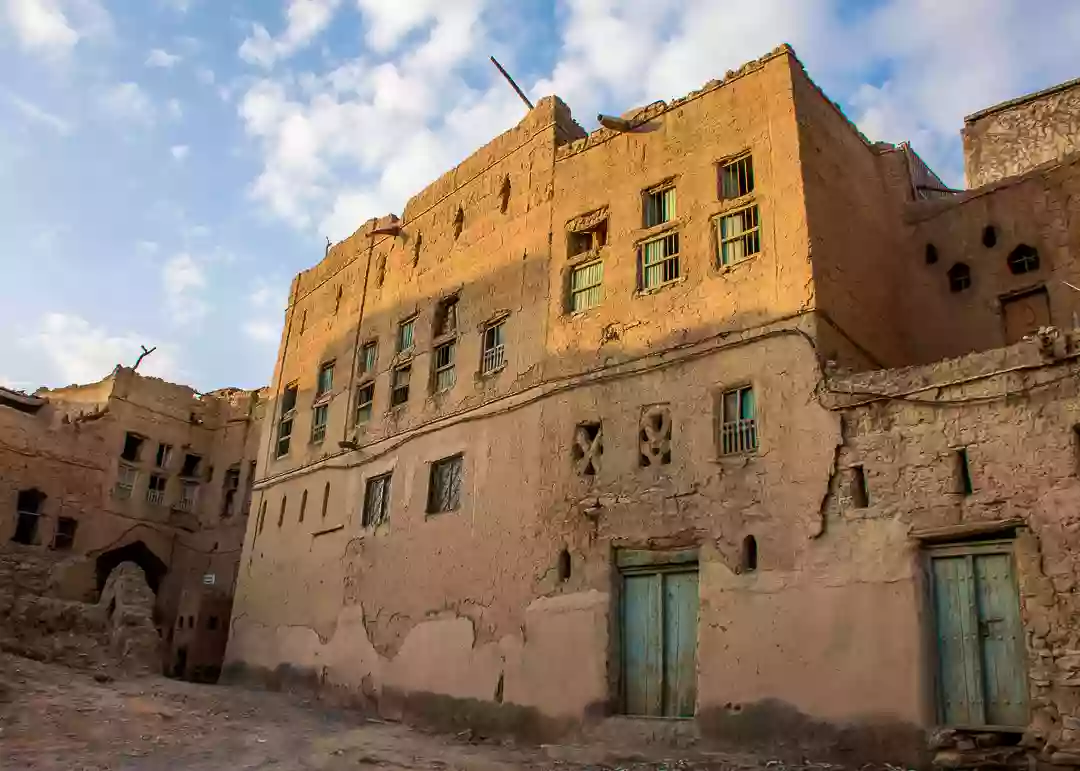Oman, a land of breathtaking landscapes and deep-rooted traditions, is home to some of the most well-preserved heritage villages in the Arabian Peninsula. These villages offer a rare opportunity to step back in time and witness the lifestyle, architecture, and craftsmanship of the past. Exploring Oman Heritage Villages is not just a journey through time but also a cultural immersion that provides a deeper understanding of the country's rich history and traditions.

The Significance of Oman Heritage Villages
Oman’s heritage villages stand as living museums, preserving the architectural and cultural legacy of the country. They showcase traditional Omani houses, ancient marketplaces, artisan workshops, and stunning landscapes that have remained unchanged for centuries. These villages reflect the soul of Oman, where traditions are still honored, and the wisdom of ancestors continues to inspire future generations.
Must-Visit Oman Heritage Villages
Oman is home to several heritage villages, each offering a unique glimpse into the country’s past. Here are some of the most notable ones:
Misfat Al Abriyeen – A Mountain Oasis
Nestled in the Al Hajar Mountains, Misfat Al Abriyeen is one of the most picturesque heritage villages in Oman. This ancient village, known for its lush terraced farms and traditional mud-brick houses, provides visitors with stunning views and an authentic experience of rural Omani life. The falaj irrigation system, a UNESCO-listed heritage technique, is still in use here, supplying water to the village’s gardens and date plantations.
Al Hamra – A Town of Timeless Beauty
One of the oldest heritage villages in Oman, Al Hamra boasts well-preserved Yemeni-style mud houses that are over 400 years old. The village offers a fascinating look into Omani architecture, featuring multi-story buildings made of mud and stone. The Bait Al Safah museum, a must-visit attraction in Al Hamra, provides an interactive experience where visitors can see local women demonstrating traditional crafts like pottery-making, weaving, and bread baking.
Bahla – The UNESCO Heritage Site
Bahla, a UNESCO World Heritage Site, is famous for its impressive fortress, traditional souks, and pottery workshops. The village has been a center for Omani pottery for centuries, and visitors can witness artisans creating intricate ceramic pieces using age-old techniques. The imposing Bahla Fort, with its labyrinth of rooms and courtyards, stands as a testament to Oman’s architectural brilliance.
Birkat Al Mouz – The Gateway to Jebel Akhdar
Located at the foothills of the Green Mountain (Jebel Akhdar), Birkat Al Mouz is known for its abandoned mud houses and the historic Al-Khatmeen Fort. The village is also home to one of Oman’s most well-preserved falaj irrigation systems, which continues to nourish its palm groves and farms.
Cultural Experiences in Oman Heritage Villages
A visit to Oman Heritage Villages is incomplete without engaging in the cultural activities that define Omani traditions. Here are some experiences that visitors can enjoy:
Exploring Traditional Omani Houses

Omani heritage villages feature traditional houses constructed using mud, stone, and palm fronds. These homes are designed to withstand the harsh desert climate while maintaining a rustic aesthetic. Many houses are still occupied by local families, while others have been converted into museums where visitors can explore authentic Omani interiors, from Majlis (guest rooms) adorned with intricate carpets to kitchens filled with brass utensils and clay cooking pots.
Shopping in Traditional Souks
Most heritage villages have vibrant souks where visitors can purchase handcrafted goods, including textiles, pottery, silver jewelry, and spices. The bustling atmosphere of these markets offers an authentic glimpse into the daily life of Omani traders and artisans. Popular souks include the Nizwa Souq, where visitors can find locally crafted Khanjars (Omani daggers) and Frankincense, a product deeply tied to Oman’s history.
Learning Traditional Arts and Crafts

Oman’s heritage villages play a crucial role in preserving the country’s traditional crafts. Visitors can witness artisans engaged in pottery-making, weaving, and metalworking. Many villages offer hands-on workshops where guests can try their hand at making pottery, weaving palm baskets, or crafting silver jewelry under the guidance of skilled artisans.
Tasting Authentic Omani Cuisine
A trip to Oman Heritage Villages is not complete without indulging in authentic Omani cuisine. Traditional dishes like Shuwa (slow-cooked lamb), Majboos (spiced rice with meat), and Halwa (a rich Omani dessert) can be enjoyed in local homes or traditional eateries within the villages.
Best Time to Visit Oman Heritage Villages
The best time to explore Oman Heritage Villages is during the cooler months, from October to April. During this period, the weather is pleasant, making it ideal for walking through the villages, hiking in the surrounding mountains, and participating in outdoor cultural activities.
Conclusion
Visiting Oman Heritage Villages is a must for travelers seeking an authentic cultural experience. These villages offer a deep connection to Oman’s history, showcasing traditional lifestyles, architectural marvels, and timeless customs. Whether you’re exploring ancient mud houses, shopping in traditional souks, or learning local crafts, every moment spent in these heritage villages is a step back in time. Plan your visit to Oman Heritage Villages and embark on an unforgettable journey through Oman’s past and present.


























